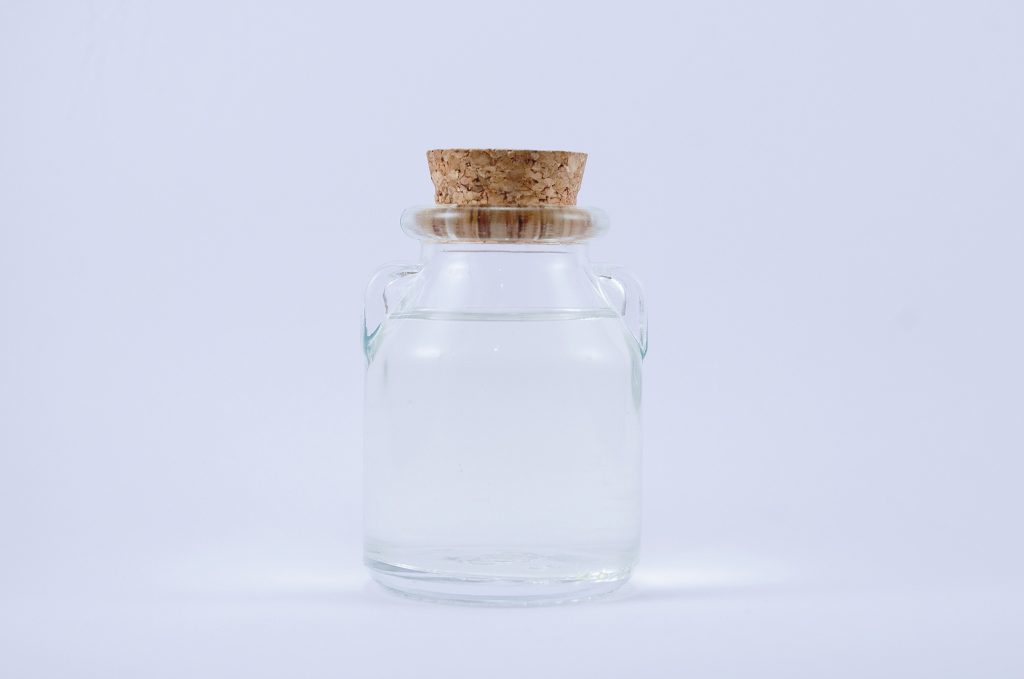Our Cistus Ladanifer hydrosols

Hydrosols are a by-product of steam distillation. Also called floral water or hydrolats, they basically consist of distilled water and small amounts of essential oil. Cistus Ladanifer hydrosol is obtained by distilling the leaves and twigs of the Cistus Ladanifer plant.
Hydrosols have gained popularity in recent years amongst both aromatherapists and individual users alike. The reason being that they’re a fantastic alternative to essential oils due to the fact they’re not as concentrated. This means that hydrosols can be applied directly to the skin without the need to be diluted.
Before doing so though, we suggest making sure your Cistus Ladanifer hydrosol contains zero preservatives or additives. They should also be kept in a dry and cool place and away from sunlight to ensure longevity. With regards to Cistus Ladanifer hydrosol, in particular, we recommend that you consult your aromatherapist and/or check out the book by Susanne Catty, “Hydrosols: The Next Aromatherapy”, from which the following quotes are taken:
Cistus Ladanifer Hydrosol is “… Herbaceous, quite dry, and warm in both scent and flavour, it’s difficult to describe but I like it”
Regarding stability and shelf life “ Very stable. Generally, rockrose has a long life, two years or more without problems…”
How Cistus Ladanifer hydrosols are made
As described in the chapter regarding Cistus Ladanifer essential oil, the process of steam distillation uses heat, water and plant material. Essentially, the steam passes through the condenser then cools and liquefy, before flowing into the essencier. Here the essential oil is separated from the water, with that remaining water becoming the hydrosol.
Factors involved in the production of hydrosols
Separation process
Hydrosols can contain more or less essential oil depending on the type of plant used, the length of distillation and the distillation process itself. The hydrosol mentioned above is a regular hydrosol that’s been separated from the oil. This separation is never absolute, as any hydrosol always contains small traces of essential oil. One can also produce hydrosols that do not go through the separation process. Instead of using an essencier, the distiller simply collects and filters the liquid that’s flowing out of the condenser. In this case, all of the oil left within the hydrosol further enriches the final product.
Plant material ratio
Another relevant factor in producing Cistus Ladanifer hydrosols is the ratio of plant material used. Depending on the type of hydrosol that we wish to produce, we can use either more or less plant material. This is handy given that while some aromatherapists only want hydrosols produced on a 1:1 ratio (1 litre of hydrosol to 1 kilogram of plant material), other aromatherapists may prefer hydrosols with a regular ratio of 1 kilogram to 4 litres or something entirely different.
Distillation time
Last but not least, distillation time is also important. The longer the process takes, the less intense the hydrosol will eventually be. With the passing of time and the passing of steam, the aromatic compounds contained in the plant material will become less and less. It is crucial to know when to stop the distillation process so that our Cistus Ladanifer hydrosol will be of the finest quality.
